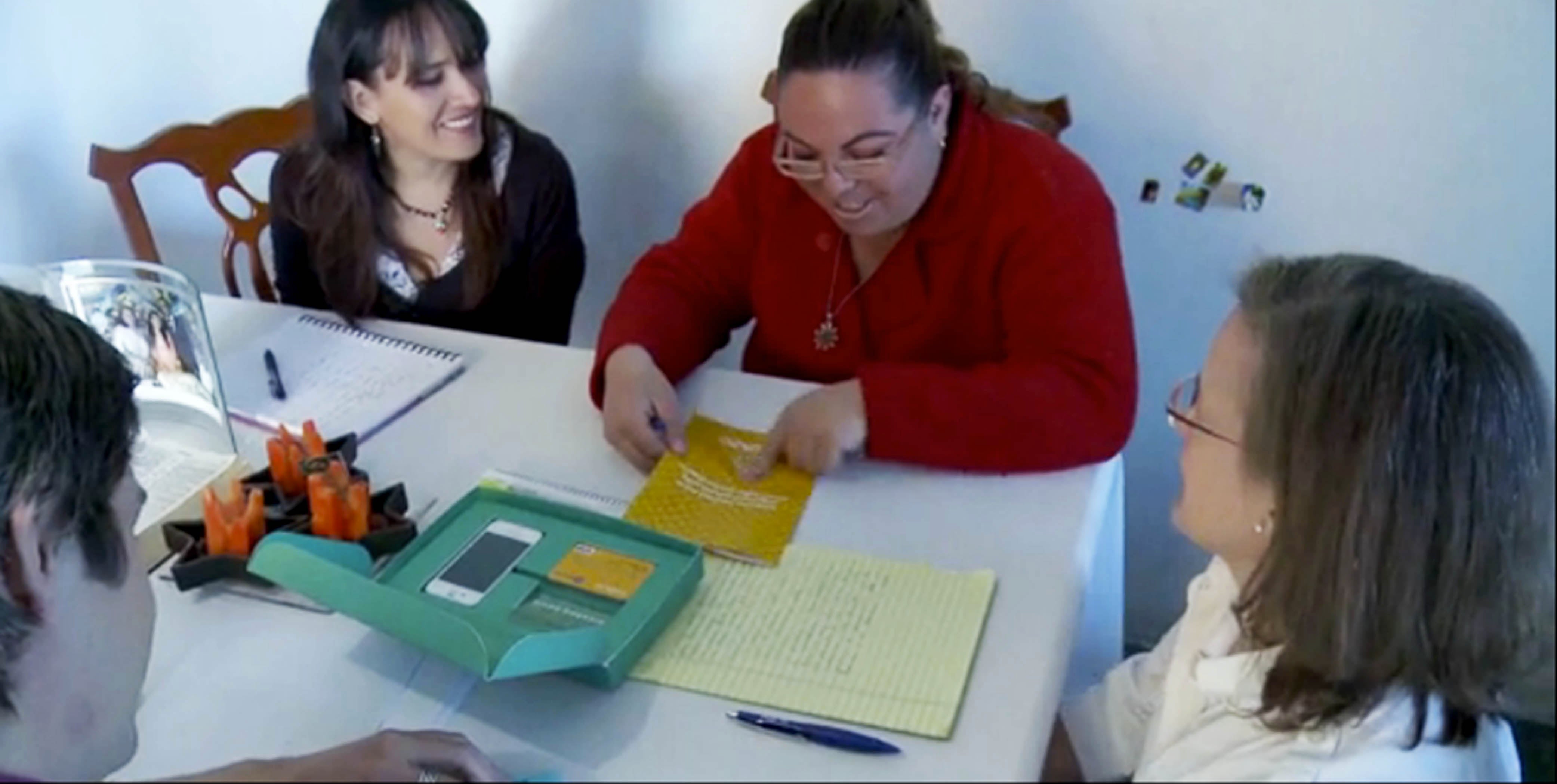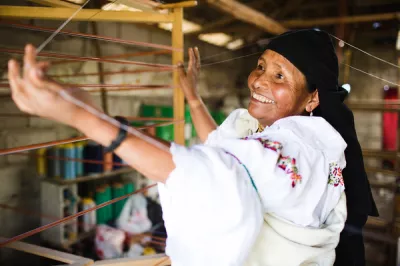Product Development Doesn’t End with Design
CGAP has so far partnered human-centered design firms (IDEO.org and Grameen Foundation's AppLab Uganda) with two large banks in Mexico and Brazil and a large Mobile Network Operator in Uganda to design and develop new financial products targeting low-income populations. All three projects have now completed their product conceptualization process. Each provider has selected two final product concepts that have been approved for additional piloting prior to their full commercialization.

As the final product ideas continue to move down the product implementation pipeline, we quickly learn that product development does not and should not end with the designed product; there are both opportunities and challenges that emerge following the product design process, especially when other departments (beyond the one directly responsible for product incubation) start to take on more prominent roles.
A few things we’ve learned so far include:
1. The most “innovative” and “exciting” product conceptualized is not always the product that will be rolled out. And that’s OK. While the products conceptualized may be quite innovative, we have to keep in mind the institutional capabilities and appetite of the provider and what they are able to offer. Improving an existing product already developed by the provider might be more useful than designing a sufficiently different financial service offering. Irrespective, the product that is eventually rolled out might not necessarily be as innovative as initially conceived, but it can be a solid compromise between what the people want and what the provider can practically offer given its internal capabilities and local regulations.
2. There should be some advance and agreed consensus on what the “appropriate” financial return for the product should be. It is important to find out as early as possible what the expected rate of return needs to be. By when does the product need to make profit or can it simply break even? Can it afford loss for a specified timeframe to attract customers, but eventually entice them with bundled or other value-add services?
Traditionally, products catered to serve upper income markets have had bigger, faster and more easily quantifiable financial returns than those serving lower income populations; therefore, providers have had institutional incentives for product innovation and R&D targeting higher income demographics. These incentive schemes become particularly acute in large financial service companies, given that competition of funds for R&D among diverse departments can be strong; as a result, products that have a more time tested, assured and faster rate of return tend to receive preference (which usually means those products targeting high income demographics).
If we are genuinely interested in accessing the low income market, our experience so far appears to have shown that we cannot practically expect the profitability standards of banks to change in order to cater to the lower income market. Therefore, the financial return determined for a product targeting the poor must creatively and viably demonstrate value to the bank in some fashion and in line with its core profitability criterion standards irrespective of the demographic reached.
For example, the bank may accept financial loss on the product as long as it gleans “value” in other ways, which eventually need to be quantifiable. This might include additional products or services that can be priced and bundled within the existing product later on. Unsurprisingly, this would need to be done creatively, which tends to have remained quite challenging and with larger opportunity costs for big providers (relative to alternative products and services) – leading them to tilt towards the upper income demographic.
3. Creative design is not just for designing financial products; creativity is vital for “outside the box” product pricing, branding strategies and regulatory compliance. Design thinking is not common practice in many businesses, including large commercial banks and mobile network operators. Thus, only introducing design thinking into the product incubation department may not be enough to set it on the right path.
Once the product is designed, there is the issue of pricing it and, more importantly, conveying the cost to the client in a way that does not prove to be a disincentive. In Mexico for example, IDEO.org’s consumer research showed that creativity around how to “charge” for the product is very important, particularly when the potential market segment highly distrusts the charges levied by banks due to the manner in which they are charged.
Further, regulations can have direct implications on building the right pricing model for the product and channels, as well as marketing strategies. When regulations prevent charging certain commissions, or forbid excluding certain products from being accessed through certain channels, there is all the more reason to bring creative thinking into the equation to find answers to what may seem like insurmountable obstacles to bring the product successfully to market. In Mexico, current regulations forbid banks to charge customers any fees on usage of their own ATMs and bank branches; therefore, creative ways to price will be devised by the bank and tested in order to create the right customer accessibility to the product and ensure compliance with regulatory provisions.
4. Organizations are sometimes forced to make trade-offs due to product cost and other considerations. In light of the above, we should not be surprised if institutional tradeoffs may eventually need to be made - both as an element of product cost as well as internal allocation of funds to various competing products. For example, although in an ideal situation the designed product might be best served by using multiple provider channels and interfaces, overall product costs and other considerations might force internal decisions to privilege one specific channel or interface over another (bank agent vs. bank branch, ATM vs. POS, POS vs. mobile etc.), or to use a combination of only some but not all of these channels. Each interface might require interaction with a different internal department and will have implications on product pricing and potential product revenues. That is why it is important to know what financial viability expectations are and loop in all relevant departments from the start. It is important to work creatively within those boundaries to expand all available options in line with the vision of the original product concept.
The role of creative thinking to circumvent challenges and identify the right opportunities cannot be underestimated if a product is to be successfully designed, launched and most importantly, used by those for which it was intended.
-----Gabriela Zapata Alvarez is the Project Manager of CGAP's Applied Product Innovation in Mexico, and Wameek Noor is a Financial Sector Analyst at CGAP.




Add new comment